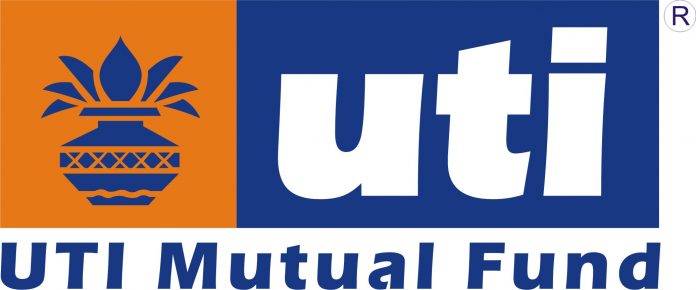UTI mutual fund has launched the new scheme UTI Small Cap Fund on 2nd December 2020. Ankit Agarwal is the fund manager of UTI Midcap Funds. According to data from Value Research, UTI Midcap has underperformed the S&P BSE Midcap 150 over the past 3 and 5 years. However, to be fair to Agarwal, the fund has outperformed since August 2019 after he took over the controls.
Many of the revivals have come from a shift in the fund’s strategy from value to growth investment. Agarwal would likely use the growth investment strategy in the small-cap fund as well. In traditional investing, companies that are underpriced compared with metrics such as book value or earnings are bought for long term investment, but this philosophy has struggled against growth investment strategy in which fast-growing, expensive companies are bought for several years.
There is a strong element of doubt regarding whether it is a suitable time to invest in a small-cap fund because the other small-cap funds such as SBI Small Cap closed themselves for a lump sum amount of subscription. State Bank of India Mutual Fund continues to accept the systematic investment plan (SIP) flows up to Rs 5,000 in the scheme. According to the UTI mutual fund presentation, the price to book ratio of the Nifty Small Cap 250 Index at 2.20 is near its long-term average of 1.98 and the dividend yield at 1.76% is a little better than the long-run average of 1.61%. Typically, experts look at market capitalization as a more accurate long-run measure of valuation. The small-cap share in the Nifty 500 is at 6%. It is not as large as the 8% share seen in October 2017, however now not as bad as it was in October 2013, when the small-cap share in Nifty 500 was at 4%.
The fund will keep roughly a 65-80% allocation to small caps. Agarwal said that small-cap funds could also invest up to 35% of their corpus in large-cap companies. It will aim to preserve a portfolio of 60-70 stocks so that it could be scaled up while not having to exchange the portfolio. The strategy is a bottom-up one, so there could be no predetermined sectoral allocations. However, UTI MF in its presentation suggests consumer goods as the top sector followed by financial services.

